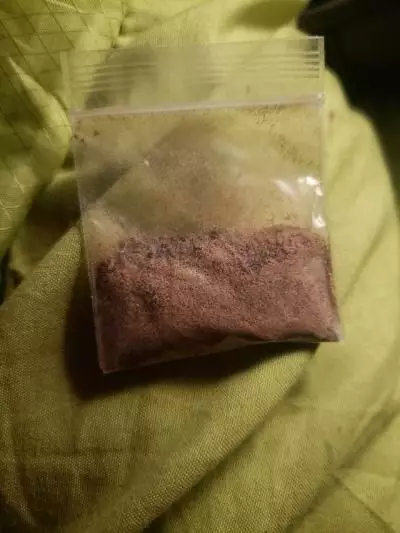Are Skin Tags Common

Skin Tags (Acrochordons)
Skin tags are not cancerous small, benign growths that grow when the skin rubs against the skin. They don’t usually need any treatment. If they bother you, you may need to have the tags removed. You should seek out professional help and avoid treating the problem yourself.
What are skin tags?
Acrochordons, also known as skin tags are benign growths that are tiny and are found on your skin. They are usually identical to your own skin. The tags appear like a tiny cluster of skin tissue which extends from a small stem. Sometimes they look like an elevated mole, and are darker. Most skin tags measure between 1 and 5 millimeters. Some may even increase to several centimeters.

Are skin tags common?
Yes, there are Acrochordons. Researchers estimate that 50% of adults will have just one skin tag in their lifetime.
What does skin tag affect my body?
Your health is not affected by skin tags. They can be undesirable. They can be embarrassing if they’re visible on your neck or face. Healthcare providers are able to perform skin tag removal procedures.
Do you require additional information?
Sometimes the growth appears like an skin tag might be more serious, such as a wart or skin disease or the skin has cancer. To get an accurate diagnosis, it is recommended to seek out a dermatologist or an qualified healthcare professional.
Skin tags refer to benign, non-cancerous skin tumors.
They could appear on:
- Eyelids
- Armpits
- Under the breasts
- groin
- upper chest
- neck is the result of the papilloma coli
These are easy to overlook unless they’re prominently visible or frequently scratched by jewelry or clothing.
Skin tags can not be seen by the person wearing them. Sometimes, skin tags can rub off or disappear without pain. Under pressure extremely large skin tags can burst.
Skin tags may have a smooth or uneven surface. These skin tags are usually raised from the skin’s surface using fleshy peduncles or stalks. They are usually flesh-colored, but may be slightly brownish.
Skin tags begin small and become flat like pinhead bumps. Some grow bigger, while others remain small. They can be as small as 2 mm (mm) or as large as 1 centimeter (cm) however they can grow up to 5cm.
Treatment
Skin tags are typically harmless , and they can be removed for cosmetic or aesthetic reasons.
It is possible to remove large skin tags that rub against clothing, jewelry, or even the skin.
Shaving can be made much easier by removing skin tags that are large from the forehead or under the arms.
Surgery
These are the steps that you can use:
- Cauterization: The skin tag can be removed by electrolysis
- Cryosurgery means the removal of a skin tag with a probe made of liquid nitrogen.
- Ligation: The blood supply is cut at the skin tag.
- Excision: The tag can be removed using a scalpel
- These procedures should be performed only by a dermatologist, specialist in skin care, or any other similarly trained medical professional.
A specialist or ophthalmologist eye doctor might need to remove skin tags from the eyelids, especially ones located near the border of the eyelid.
It is not advised to remove any skin tags that you have in your home. There are risks of bleeding and infection.
To cut down on circulation, remove tiny tags by affixing thin cotton thread or floss of dental floss to the base of the tag.
Why skin tag are used?
Skin tags are consist of collagen fibers blood vessels, collagen fibres and loose skin. Collagen is an amino acid found throughout the entire body.
Men and women can be tagged with skin tags.
Skin tags are may be more prevalent in pregnant women as a result of hormone changes. They can appear without a reason.
These skin tags can be found within the folds of skin that rub against each other.
Problems with skin tags could be grave
The majority of skin tags are cause no discomfort or pain.
If the tags on your skin are hurting your self-esteem or if they become caught on jewellery or clothing and bleed, you might be thinking about getting them removed. This procedure is usually done by a private person and you’ll be required to pay.
This is because skin tag removal is cosmetic surgery. The NHS is the only one to offer cosmetic surgery for severe cases.
Skin tags can fall off themselves due to a lack of blood supply or the tissue is bent.




